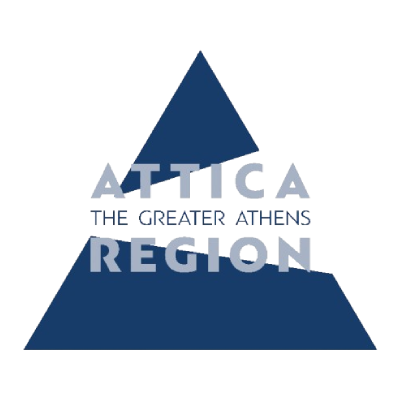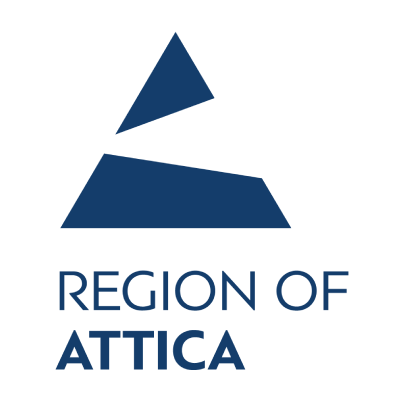South of Kythera, in the middle of the sea, rises an imposing, upright rocky islet of wild beauty that holds fascinating secrets: a sea cave with emerald waters, a tiny beach lying at its end that looks like a swimming pool, seals and rare bird species, as well as the flower of eternal love, “sempre viva”. If you haven’t visited Kythera yet, Attica’s stunningly beautiful island, it is definitely time to do so. This is where you will marvel at one of the most breathtaking sea caves of Greece, featured in the world’s greatest travel guides!
Hytra islet is only 3 nautical miles away from Kapsali, the port on the south of Kythera, and is one of the greatest charms and attractions in the Argosaronic Gulf. It is also known as “Avgo” (“Egg”), due to its shape. The round islet that looks like someone “planted” it in the middle of the sea, is 180 m. high and 1 klm long. It emerges through the clouds, which look like mist sitting on top of the rock. The way the sunlight plays upon this misty blanket, creates an enchanting, mystical atmosphere. “Hytra” (“pressure cooker”) owes its name to this characteristic “steam” that gathers around the islet.
You will get here either in your own yacht or in the little boat that departs daily from Kapsali. As you approach the south side of the islet, you will suddenly catch a glimpse of a massive – 200 m. long and 22 m. high – cave. As you access the cave, the underwater views through the boat’s glass bottom will take your breath away! It is time to dive into the crystal waters with the extraordinary exotic colours and snorkel in the stunning underwater world of Kythera!
At a particular time of the day, the sunlight finds its way into the cave, bringing it to life and creating a visual feast: the waters take a glowing emerald colour, the walls turn golden and magic unfolds. Imagine swimming in one of the most stunning sea caves of Greece, where the transparent sea waters combined with the rock formations that are hanging from the cave ceiling create a setting of unspeakable beauty and awe. Here, the waters are shallow – no deeper than 1.5 metre – inviting us to explore and swim at the little beach that lies at the end of the cave! Prepare for an extraordinary and truly unique experience that cannot be described in words…
This is one of the island’s sea caves where seals take refuge, thus the name “Kythera’s sealcaves”. Smaller or bigger cavities in the rocks, natural vaults, arches and passages adorn the whole coastline of the Argosaronic island.
Hytra hosts not only seals, but rare bird species as well. Its steep rocks are home to “mavropetritis” (Falco eleonorae), a rare and protected species of falcon. It is a long-distance migrant that flies to Hytra in order to lay its eggs. In winter, many kingfishers take refuge in Hytra, while there are also quails, cormorants and seagulls that come here to nest and give birth.
One of the most fascinating spectacles that Hytra offers to its visitors is the “anafyssos”, a natural phenomenon in which three collateral caves in combination with sea waves, create jets of water that are ejected up to 20 metres above sea level!
Getting on the rocky islet of Hytra is no easy task. You need to be extra careful because the terrain is steep and rough. Hytra’s sheer path is the sole access to the islet. Local shepherds used to bring their sheep here and leave them graze for some time, before they took them back to Kythera. Nowadays, the experienced residents of Kythera, who know their way around, climb to Hytra every spring to pick the “sempre viva” – Kythera’s beautiful indigenous flower that lives forever and grows here in abundance. The name of the little golden yellow flower derives from the Latin words, “sempre” and “vivere”, which mean “live forever”.
Sempre viva symbolises eternal love and is associated with the romantic myth of Paris and Helen of Troy. When Paris kidnapped Helen from Sparta and while they were travelling to Troy, they stopped at Kythera to pay homage to goddess Aphrodite, who protected them. Helen started feeling jealous of Aphrodite, who – according to the myth – inhabited the island, and demanded from Paris to tell her that she was the most beautiful woman of all. Then Paris reassured Helen, by pointing at the yellow flower and saying: “Do you see this flower? Your hair is golden like its blossom, your body looks like its stem and your skin is soft like its petals. Your beauty will last forever”.
Just like Kythera’s flower, the memories of those who are fortunate enough to visit Attica’s majestic island, will “live forever”. Immerse into the unparalleled natural beauty of Hytra, the rocky islet that “floats” solitary in Kythera’s sea, and unveils its secrets and surprises to those who are here to appreciate it and respect it!


